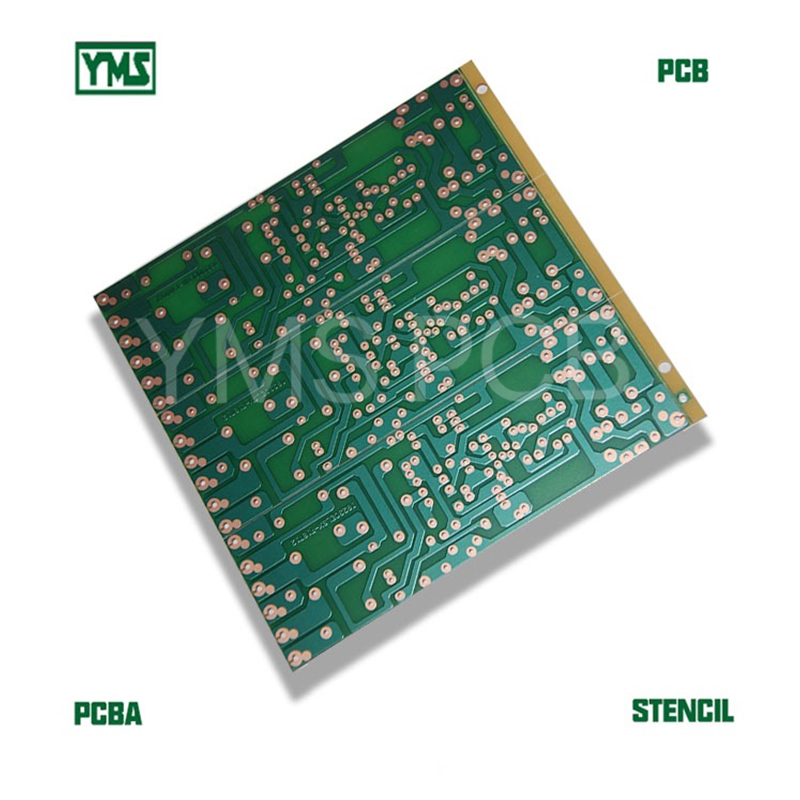In today's rapidly evolving technological landscape, the demand for eco-friendly printed circuit boards (PCBs) has witnessed significant growth. The increasing emphasis on sustainability and environmental protection has propelled manufacturers and consumers alike to prioritize products that minimize their ecological footprint. This article delves into the production processes of eco-friendly PCBs, shedding light on their market significance and the driving factors behind their rising demand.
The production of eco-friendly PCBs involves a variety of innovative techniques aimed at reducing environmental impact. Adopting lead-free materials and utilizing non-toxic production processes are among the foremost approaches that manufacturers are integrating into their PCB fabrication. One notable example is the use of biodegradable substrates derived from organic materials, which significantly lower the environmental burden of electronic waste.

As consumers become increasingly aware of their purchasing impacts, the market for eco-friendly products, including PCBs, is expanding. Industries such as electronics, automotive, and aerospace are actively seeking sustainable solutions to meet regulatory requirements and consumer preferences. Consequently, the shift towards eco-friendly PCBs is not just a trend but a necessary evolution reflecting changing market dynamics.
Eco-friendly PCBs not only contribute to environmental sustainability but also enhance brand reputation and market competitiveness for companies that adopt them. By integrating these sustainable practices, businesses can appeal to a growing segment of environmentally conscious consumers, fostering loyalty and trust. Moreover, reducing reliance on hazardous materials mitigates risks associated with environmental regulations, potentially leading to cost savings in production and compliance.
In summary, eco-friendly PCBs are pivotal in aligning technological innovation with sustainable development objectives. As their production methods continue to evolve and market demand increases, embracing these environmentally-friendly solutions will be crucial for companies seeking to thrive in the competitive landscape. The transition towards eco-friendly PCBs is not merely an option; it is an imperative for a sustainable future.
